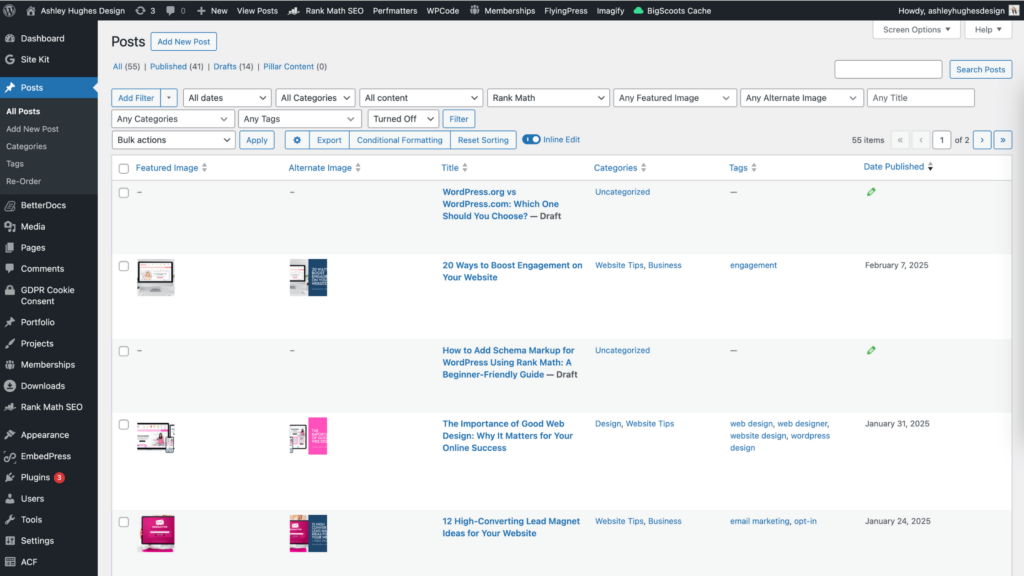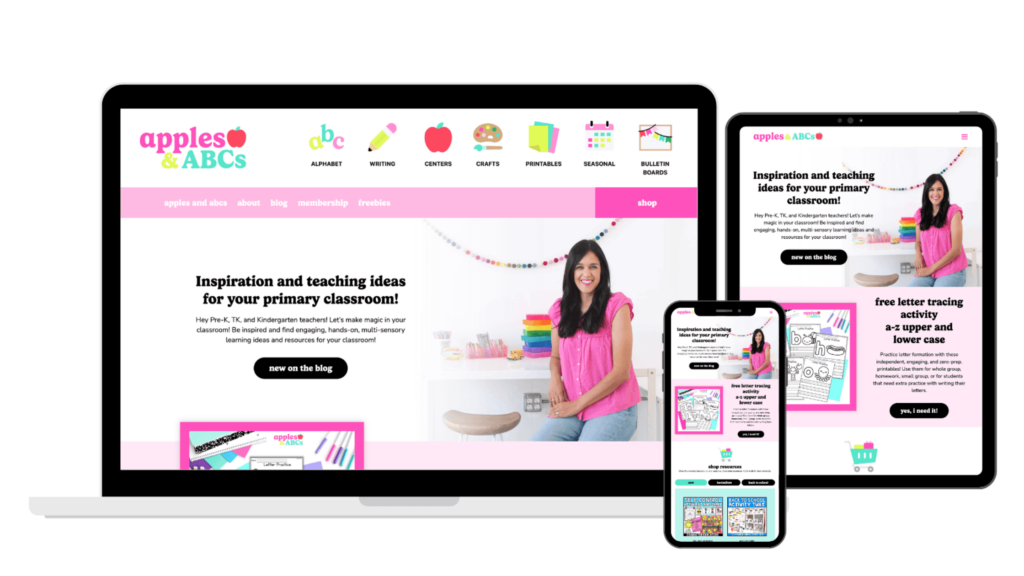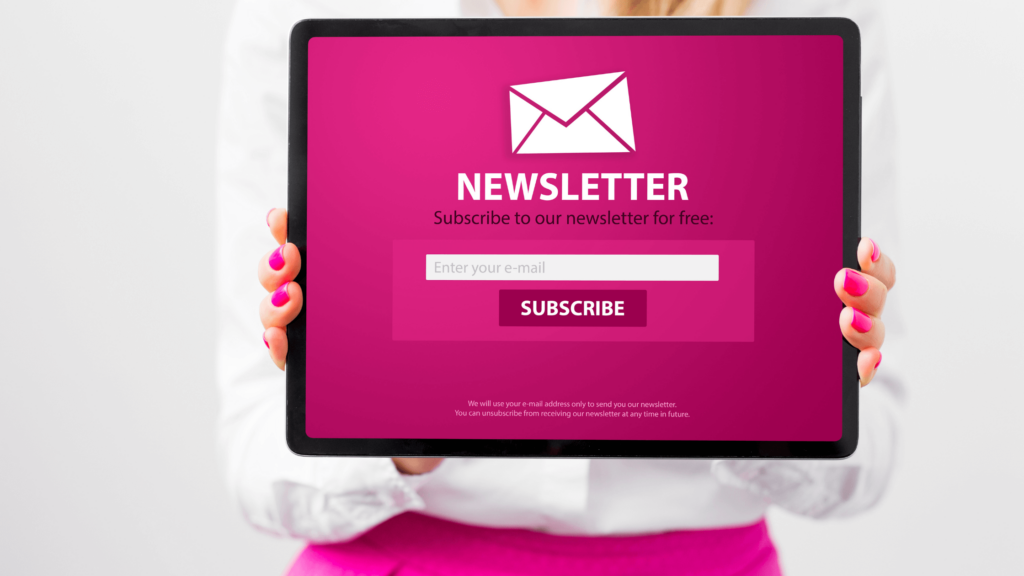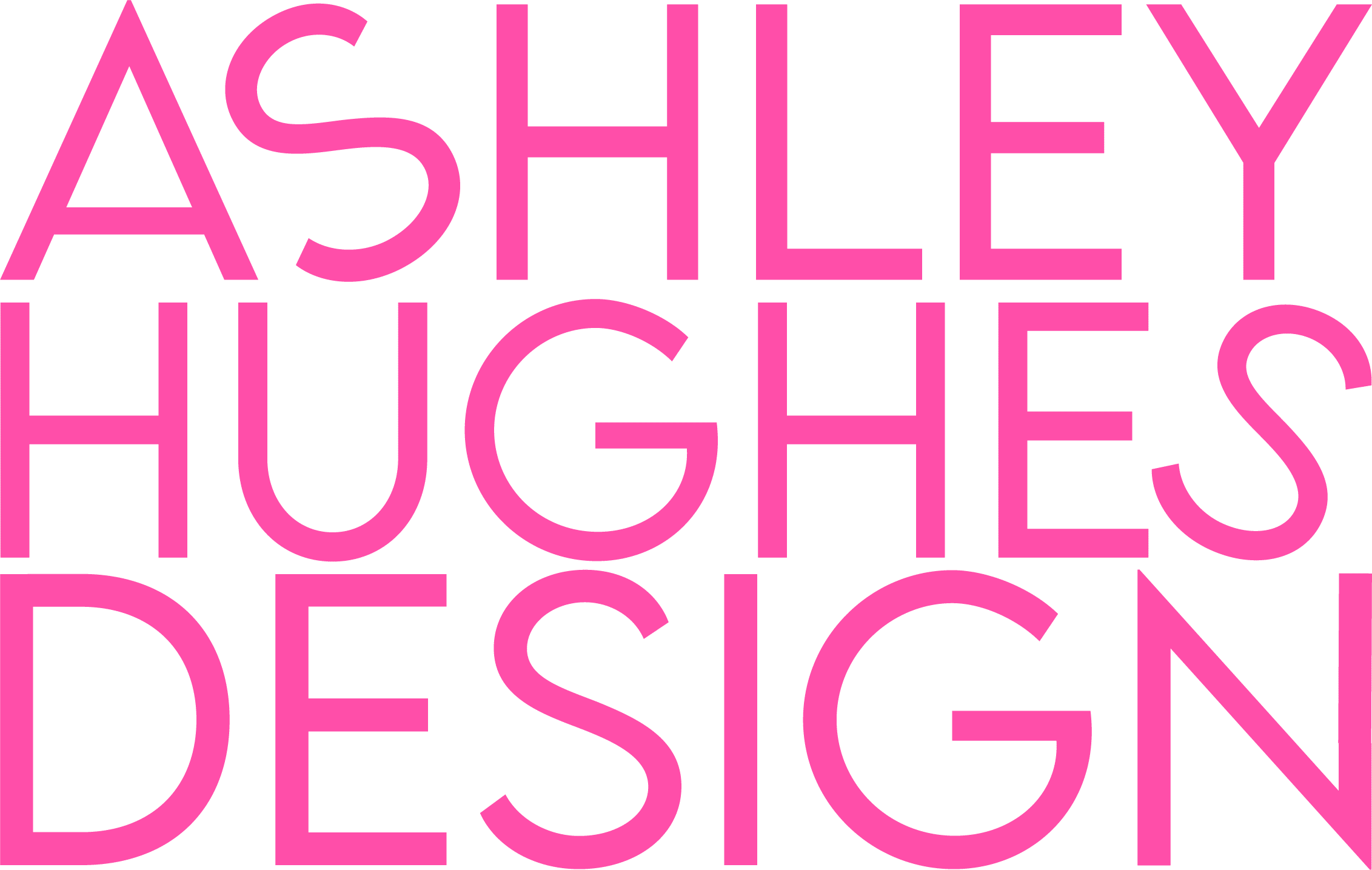Share this Post

When it comes to branding, your logo is one of the most critical elements of your visual identity. It serves as the face of your business and helps customers instantly recognize and connect with your brand. But did you know there are different types of logos? Understanding these types can help you choose the one that best fits your business and brand identity.
In this post, I’ll break down the various types of logos, their characteristics, and how to determine which type is right for your business.
Table of Contents
Why Understanding Types of Logos Matters
A logo isn’t just a random design; it communicates your brand’s story, values, and personality. Choosing the right type of logo can:
- Strengthen brand recognition
- Make your brand memorable
- Differentiate you from competitors
- Convey professionalism and trust
With this in mind, let’s check out the main types of logos and their unique features.
1. Wordmark (Logotype) Logos
A wordmark logo is a text-based logo that focuses solely on the name of the brand. These logos use custom typography to make the brand name stand out. About half of my branding design clients have chosen a wordmark.
Best for:
- Brands with unique or catchy names
- Businesses looking for a clean and modern design
Examples:
- Coca-Cola
- Disney
Pros:
- Simple and memorable
- Works well across various platforms
Cons:
- Less effective for brands with long or complicated names
Tips:
- Invest in a custom font or unique typographic design
- Ensure the text remains legible at all sizes
2. Lettermark (Monogram) Logos
Lettermark logos use the initials of the brand name, often presented in a sleek and minimalist way.
Best for:
- Businesses with lengthy names
- Companies with well-known initials
Examples:
- IBM
- HBO
- NASA
Pros:
- Clean and simple
- Ideal for small spaces (like app icons)
Cons:
- May require additional branding efforts to build recognition
Tips:
- Choose a font that reflects your brand’s personality
- Keep the design simple yet distinctive
3. Pictorial Mark (Symbol) Logos
A pictorial mark logo uses a recognizable symbol or icon that represents the brand.
Best for:
- Established brands looking for a strong visual identity
Examples:
- Apple
- Target
Pros:
- Highly memorable
- Visually impactful
Cons:
- Less effective for new or unknown brands
Tips:
- Ensure the symbol is simple and scalable
- Choose a symbol that resonates with your brand values
4. Abstract Mark Logos
Abstract mark logos use geometric shapes or abstract forms instead of recognizable icons.
Best for:
- Brands seeking a unique and modern identity
Examples:
- Nike
- Pepsi
- Adidas
Pros:
- Highly versatile
- Unique and creative
Cons:
- May require explanation or strong brand marketing
- Sometimes doesn’t contain text, so it takes a lot of work and marketing to get people to instantly know what it is.
Tips:
- Focus on simplicity and clarity
- Ensure the design evokes the right emotions
5. Mascot Logos
Mascot logos feature illustrated characters that act as brand ambassadors.
Best for:
- Family-friendly brands
- Businesses looking to create a fun and approachable image
Examples:
- KFC (Colonel Sanders)
- Pringles
- Planters (Mr. Peanut)
Pros:
- Highly engaging and memorable
- Creates a strong emotional connection
Cons:
- Can be less versatile for serious or professional brands
Tips:
- Ensure the mascot aligns with your brand personality
- Keep the design simple and recognizable
6. Combination Mark Logos
Combination mark logos use a combination of text and a symbol or icon. This is the second most popular logo type that clients request from me.
Best for:
- Brands seeking flexibility and versatility
Examples:
- Doritos
- Lacoste
- Burger King
Pros:
- Versatile and adaptable
- Combines the strengths of both text and symbols
Cons:
- Can be complex if not designed well
Tips:
- Ensure both elements work well together and independently
- Keep the design balanced
7. Emblem Logos
Emblem logos feature text inside a symbol or badge, creating a unified design.
Best for:
- Traditional and prestigious brands
- Organizations like schools and government agencies
Examples:
- Starbucks
- Harley-Davidson
- NFL
Pros:
- Timeless and classic
- Strong visual impact
Cons:
- Can be less scalable and harder to reproduce
Tips:
- Keep the design simple for better scalability
- Ensure text remains legible
Choosing the Right Type of Logo for Your Business
When deciding which type of logo fits your business, consider the following factors:
- Brand Personality: Is your brand playful or professional? Modern or traditional? Choose a logo type that reflects your brand identity.
- Industry Norms: Look at competitors to understand common design trends in your industry.
- Scalability: Ensure the logo looks great at any size, from business cards to billboards.
- Target Audience: Consider what will resonate with your audience and leave a lasting impression.
- Versatility: Opt for a logo type that works well across different mediums, both digital and print.
Final Thoughts: Making the Right Choice
Understanding the different types of logos is essential for creating a strong and effective brand identity. Whether you choose a sleek wordmark, a memorable mascot, or a timeless emblem, the right logo can elevate your business and connect with your audience.
Remember, your logo is an investment in your brand’s future. Take the time to explore your options and choose a design that truly represents your business.
If you’re looking for logo inspiration, here are a few great links with tons of logos to get those ideas going.
Ready to get your branding project on the calendar?

Ashley Hughes
I design beautiful branding and graphics, build custom WordPress websites, and handle all the technical stuff so that you can focus on what’s important to your creative business… and stop doing all the things.























Leave a Reply